Special Feature - The Number Three
-
-
 Recently Browsing
0 members
Recently Browsing
0 members
- No registered users viewing this page.
-
 Demonland Forums
Demonland Forums 
-
-
 Match Previews, Reports & Articles
Match Previews, Reports & Articles 
2024 Player Reviews: #5 Christian Petracca
Date of Birth: 4 January 1996 Height: 187cm Games MFC 2024: 13 Career Total: 189 Goals MFC 2024: 14 Career Total: 184 Brownlow Medal Votes 16 Melbourne’s most important player who dominated the first half of the season until his untimely injury in the Kings Birthday clash put an end to his season. At the time, he was on his way to many personal honours and the club in strong finals contention. When the season did end for Melbourne and Petracca was slowly recovering, he
2024 Player Reviews: #2 Jacob van Rooyen
Date of Birth: 16 April 2003 Height: 193cm Games MFC 2024: 21 Career Total: 41 Goals MFC 2024: 30 Career Total: 58 Brownlow Medal Votes 1 Strong marking youngster who plays forward and relief ruck, continued to make significant strides forward in his career path. The Demons have high hopes for van Rooyen as he stakes his claim to become an elite attacking forward.
LIVE AND LET DIE by Meggs
The Demons’ impressive late season charge to finals will most likely come unstuck this Saturday evening when the Bombers blow up the also-ran Blues in the Ikon Park double-header. To mangle McCartney, what does it matter to ya? To have any chance to play next week Narrm has got a job to do and needs to do it well. We’ve got to give the Pie sheilas hell, say live and let die! It’s Indigenous Round for this game and the chance to celebrate and engage with Aboriginal and Torres
2024 Player Reviews: #32 Tom Sparrow
Had to shoulder more responsibility as the club’s injury concerns deepened but needs to step up more as he closes in on 100 games. Date of Birth: 31 May 2000 Height: 186cm Games MFC 2024: 21 Career Total: 95 Goals MFC 2024: 6 Career Total: 34 Games CDFC: 1 Goals CDFL: 0
2024 Player Reviews: #35 Harry Petty
Date of Birth: 12 November 1999 Height: 197cm Games MFC 2024: 20 Career Total: 82 Goals MFC 2024: 9 Career Total: 28 Brownlow Medal Votes 3 Failed to fulfill the promise of his breakout six goal effort against the Tigers in 2023 and was generally disappointing as a key forward. It remains to be seen whether Simon Goodwin will persevere with him in attack or return him to the backline where he was an important cog in the club’s 2021 premiership success.
2024 Player Reviews: #22 Blake Howes
After a bright start to the season, playing mostly in defence, Howes seemed to lose his way in midseason but fought back with some good performances at Casey and finished the year back at AFL level. One to watch in 2024. Date of Birth: 7 March 2003 Height: 191cm Games MFC 2024: 15 Career Total: 15 Goals MFC 2024: 0 Career Total: 0 Games CDFC 2024: 6 Goals CDFC 2024: 0
2024 Player Reviews: #33 Tom Fullarton
Originally an NBL basketballer with the Brisbane Bullets, he moved across town in 2019 to the AFL Lions where he played 19 games before crossing to Melbourne where he was expected to fill a role as a back up ruckman/key forward. Unfortunately, didn’t quite get there although he did finish equal sixth in Casey’s best and fairest award. Date of Birth: 23 February 1999 Height: 198cm Games CDFC: 14 Goals CDFL: 13
2024 Player Reviews: #10 Angus Brayshaw
Sadly, had to wrap up a great career in midstream on the back of multiple concussions which culminated in the Maynard hit in the 2023 Qualifying Final. His loss to the club was inestimable over and above his on field talent given his character and leadership qualities, all of which have been sorely missed. Date of Birth: 9 January 1996 Height: 188cm Games MFC 2024: 0 Career Total: 167 Goals MFC 2024: 0 Career Total: 49
2024 Player Reviews: #40 Taj Woewodin
The son of former Demon Brownlow Medalist Shane, Taj added a further 16 games to his overall tally of games but a number were as substitute. He is slowly fitting into the team structure but without doing anything spectacular and needs to take further steps forward in 2025 for his career to progress. Date of Birth: 26 March 2003 Height: 182cm Games MFC 2024: 16 Career Total: 20 Goals MFC 2024: 1 Career Total: 3 Games CDFC 2024: 6 Goals CDFC 2024: 1
-
 Tell a friend
Tell a friend




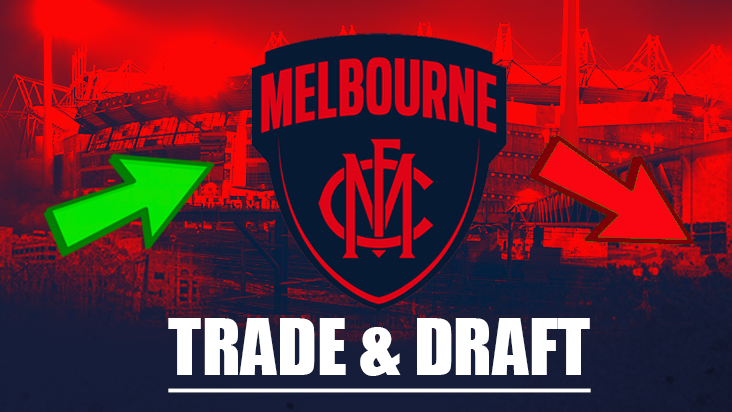
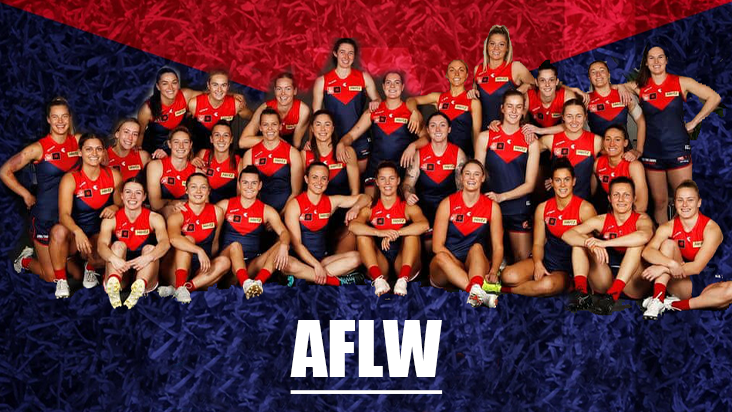
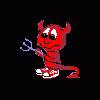
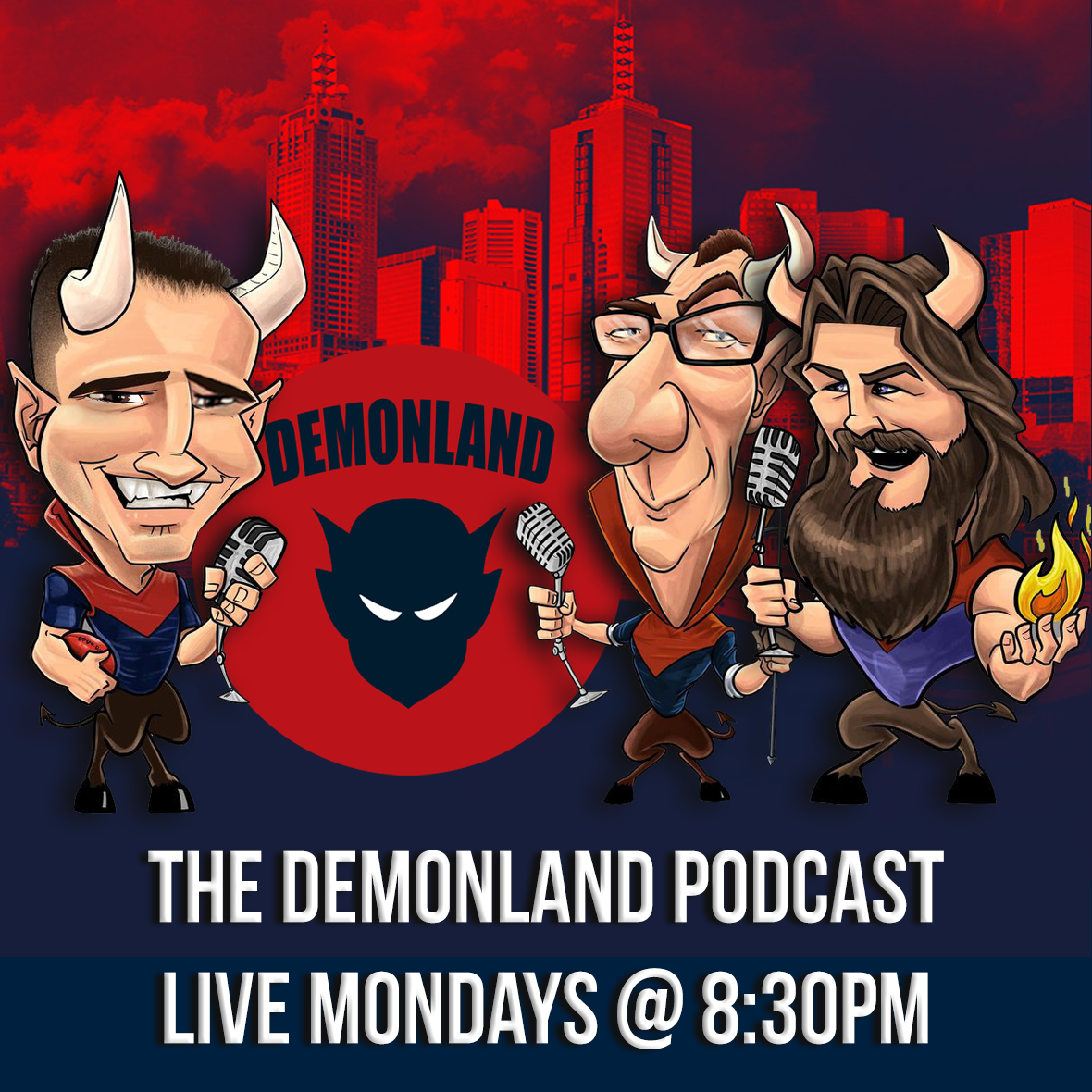



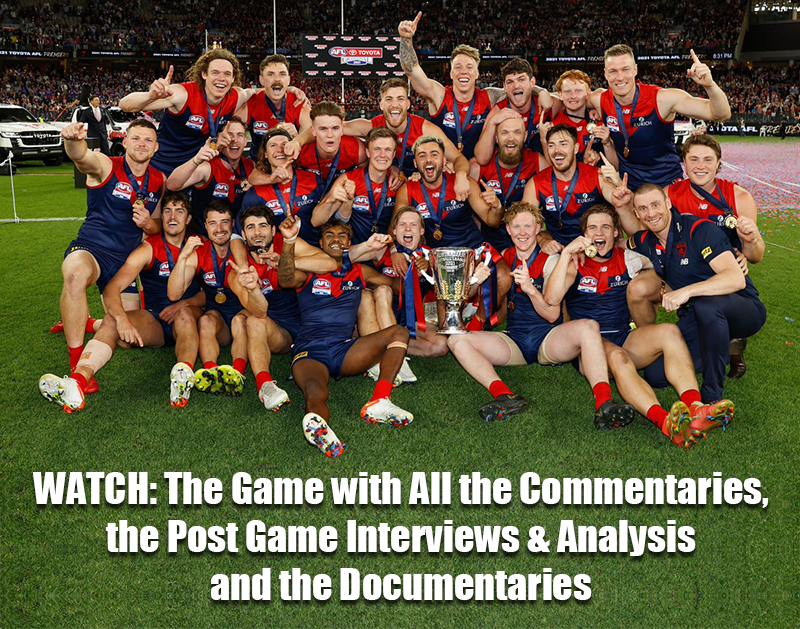
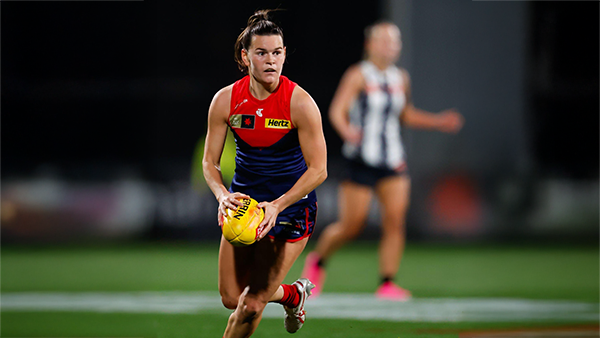
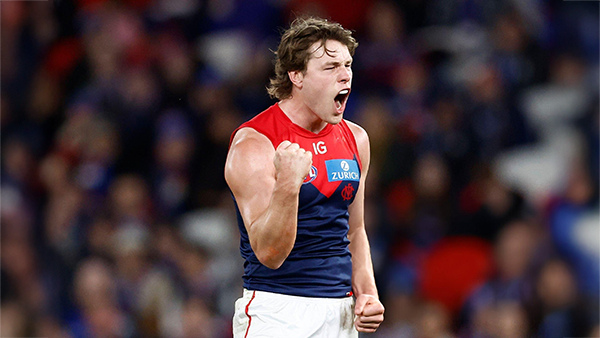
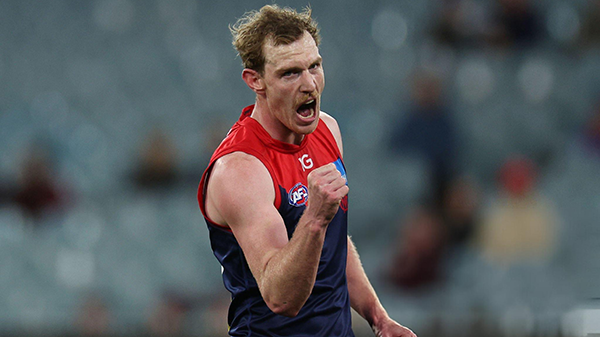

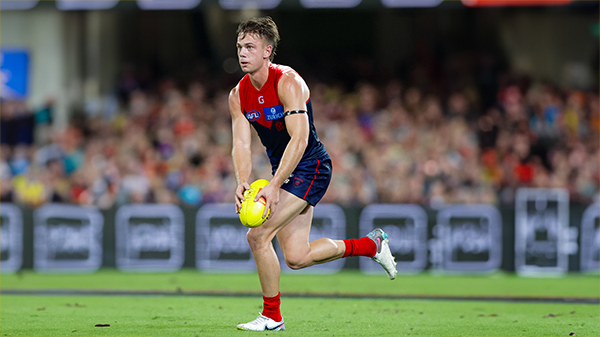
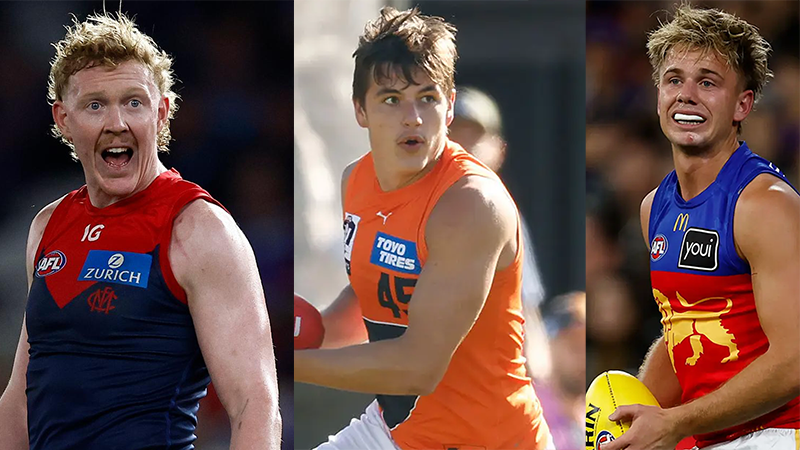
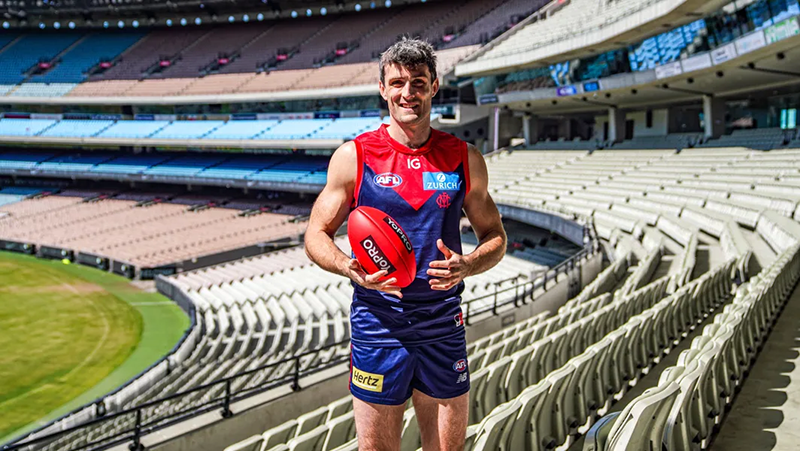
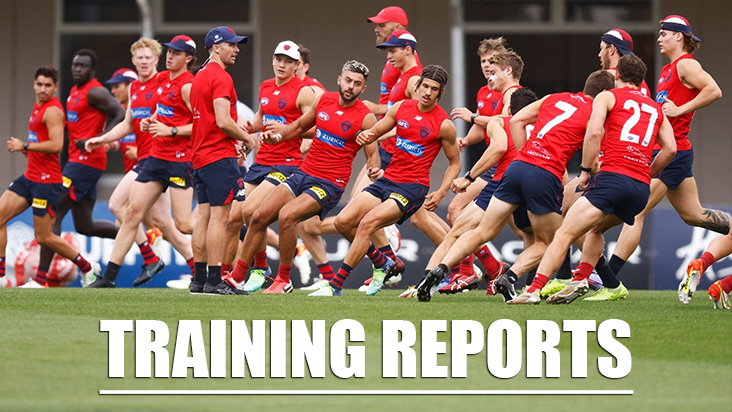
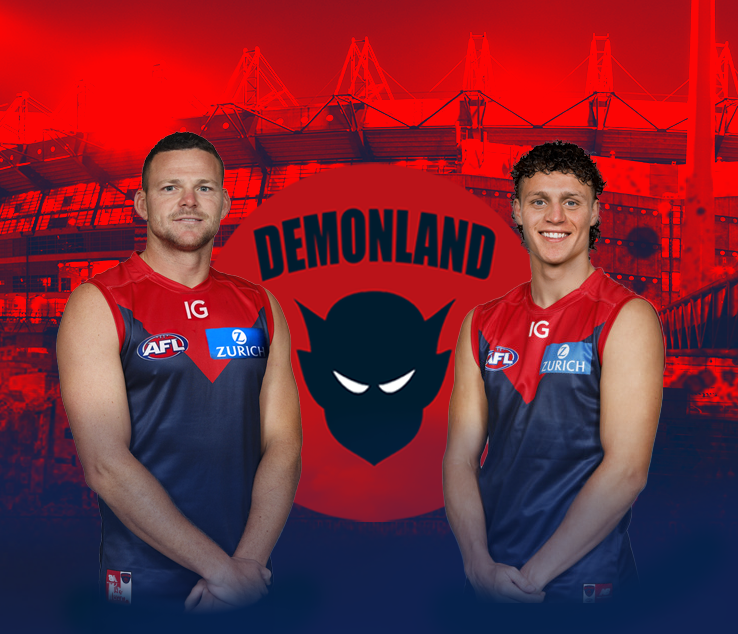
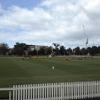

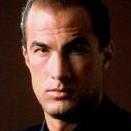

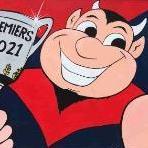
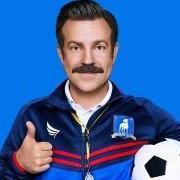
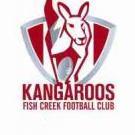
































Recommended Posts
Join the conversation
You can post now and register later. If you have an account, sign in now to post with your account.